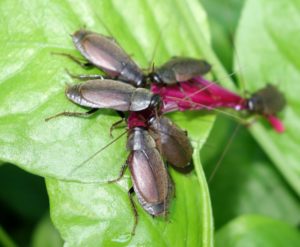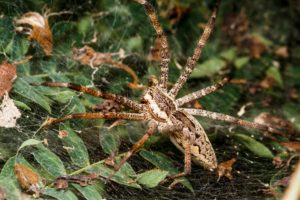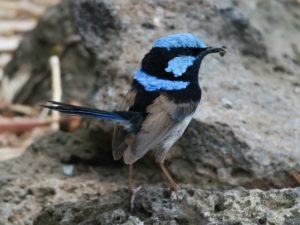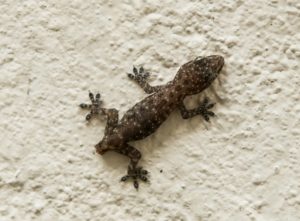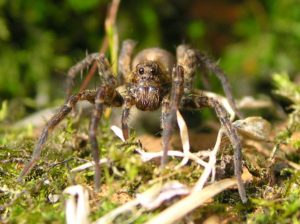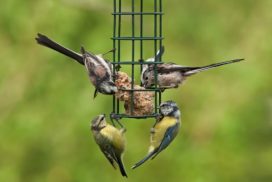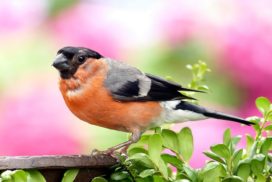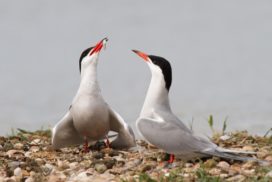WHERE DO ARCTIC TERNS LIVE?
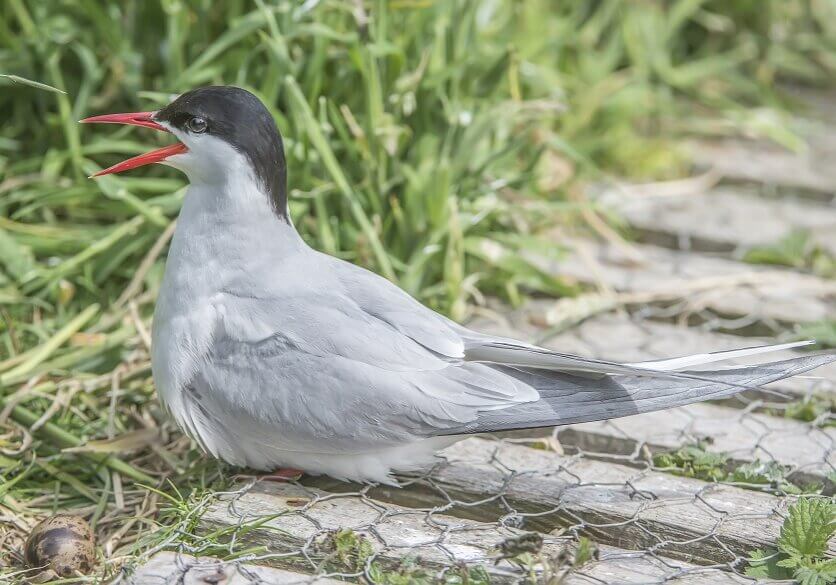
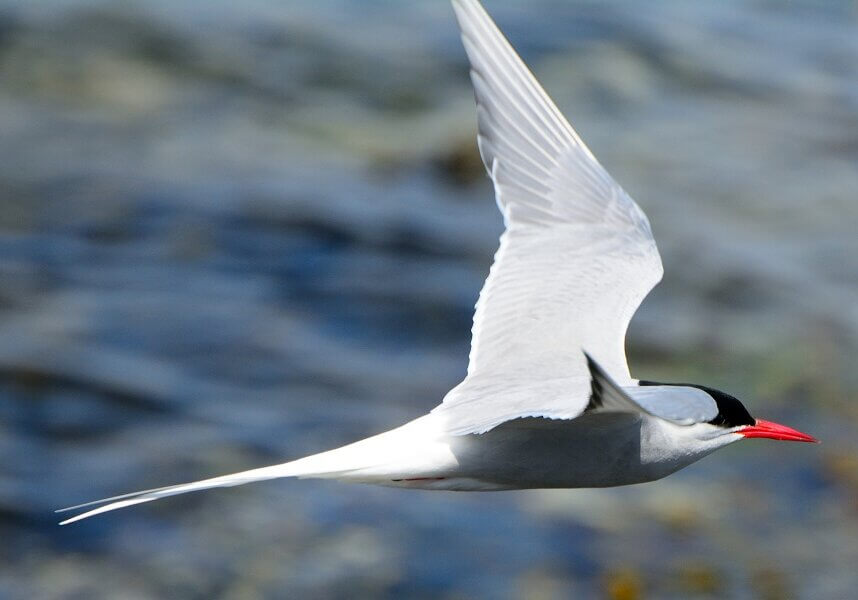
Arctic terns live on rocky beaches, boreal forests, tundra and islands during the summer breeding season. Breeding grounds are in arctic and sub-arctic regions of North America, Asia, and Europe, with the largest colonies in Iceland and Greenland.
They lay 1-3 eggs on the ground, and one of their predators is the arctic fox. They migrate from their breeding grounds in the north before winter sets in, to the Weddell Sea on the shores of Antarctica in the south.
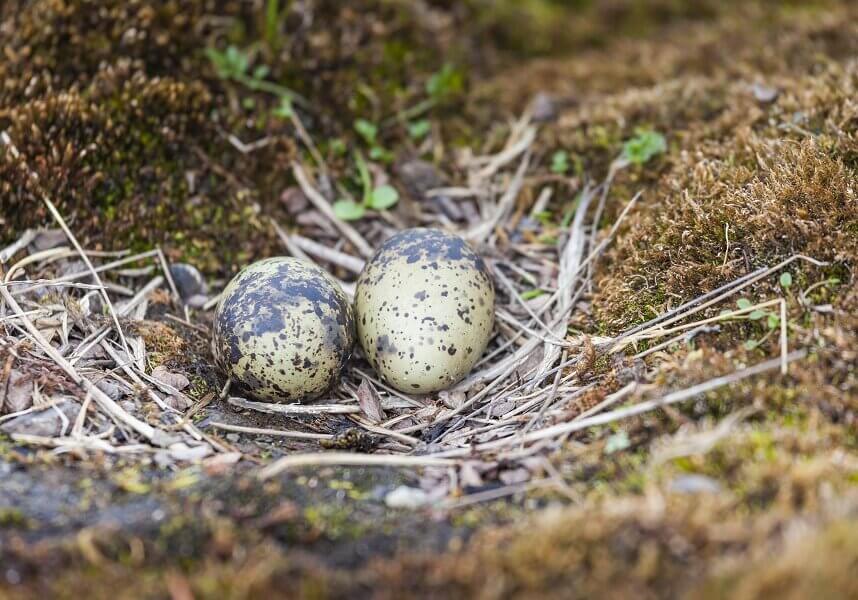
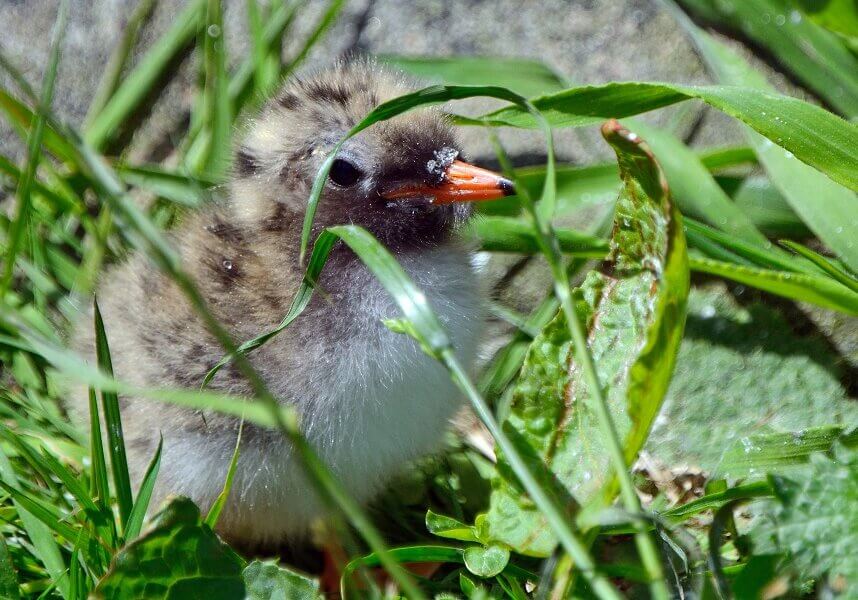
When it is winter time in the south, the birds return to the north, which makes them the only arctic animals that live in perpetual summer. The round trip from pole to pole, undertaken every year, is estimated at 71,000 kilometers (approximately 44,000 miles).
According to the Independent, arctic terns make an equivalent of three trips to the moon in their lifetime—they can live up to 34 years —a surprising feat, given their size. The long distances traveled make arctic terns champions in migration in the animal kingdom.
Recent posts
Join us on social media or subscribe!
Sign up to receive our articles in your inbox!
Enter your name and email address below to subscribe.
